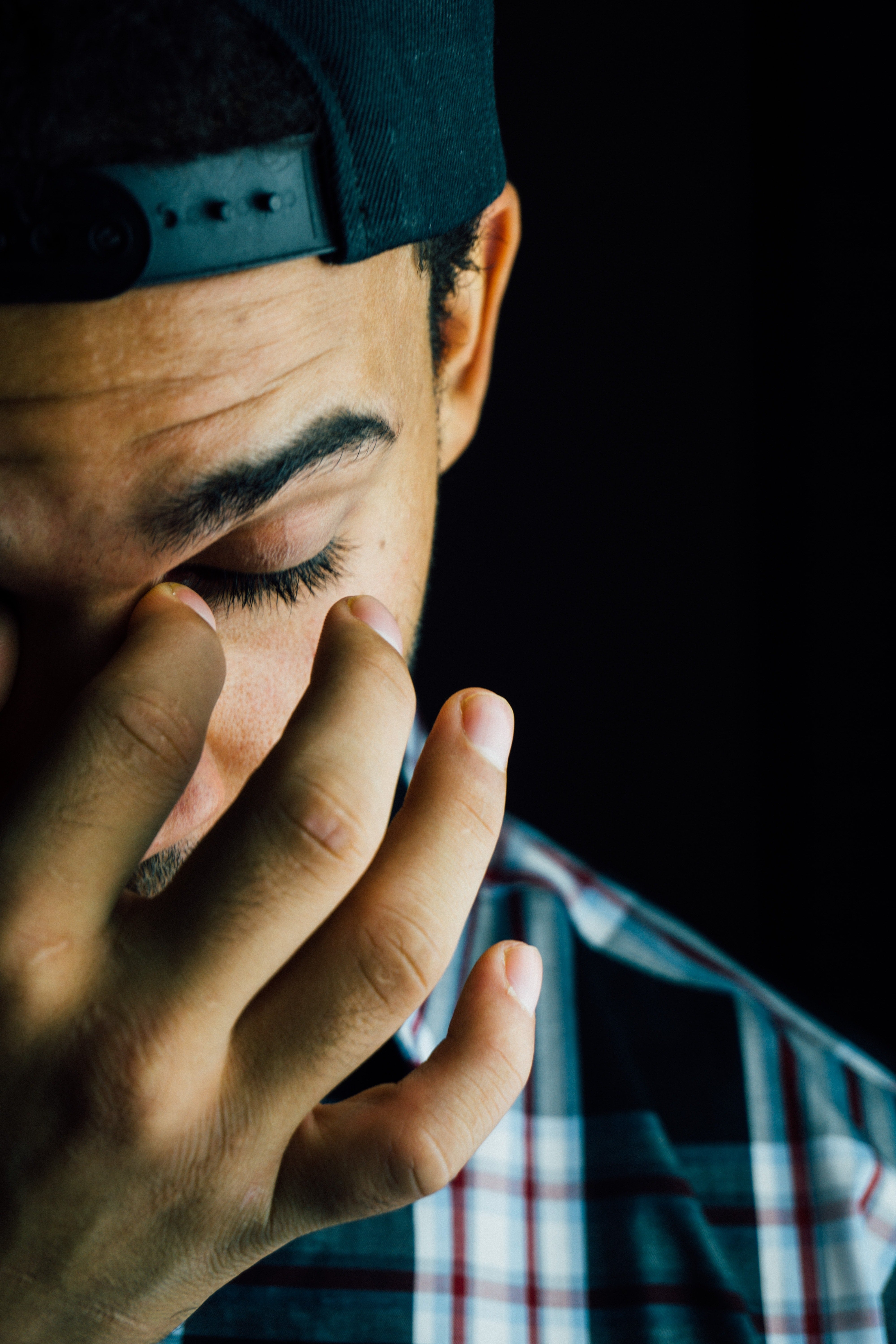Anxiety affects everyone differently.
Typically, though, it comes with a variety of negative symptoms. These symptoms can include everything from feeling nervous and stressed to sweating and feeling weak.
Thankfully, there are many different ways to combat anxiety.
In some cases, professional help is needed to get to the root of what’s causing your anxiety and stress in the first place. But there are also some things you can do on your own to help manage your symptoms.
One of the most effective solutions for anxiety symptoms is to try breathing exercises.
With that in mind, let’s take a look at exactly how breathing exercises can help.
1. Abdominal Breathing Creates a State of Calm
When you’re in a moment of high stress or anxiety, it’s your body’s natural response to take short, shallow breaths. These breaths usually occur in your chest.
You’re probably not even aware that you breathe this way in certain situations. But it can cause you to feel more anxious and even panicked.
Instead of breathing through your chest, try breathing from your abdomen. This is called diaphragmatic breathing. Inhale slowly through your nose and out through your mouth, deliberately making your abdomen expand and deflate.
When you breathe this way, your breaths are deeper and longer. You’re more conscious of them. And, as a result, it’s easier to start calming down.
2. Slow Breathing Relaxes Your Muscles
When you’re conscious of your breathing and take slower, longer breaths, you’re telling your body to relax. It’s more likely for the muscles in your face to loosen up. And you won’t feel so tense.
Inhaling deeply and exhaling slowly will automatically trigger your muscles to respond in a relaxed way. The looser you start to feel, the faster you’ll come down from those feelings of anxiety.
3. Deep Breathing Lowers Your Heart Rate
When people experience extreme anxiety, their heart may begin to race. It can be a scary situation for the person going through it. But it can also create negative, long-term health effects if it happens frequently.
Practicing a deep breathing exercise can almost instantly help to lower your heart rate. When you’re able to do that, you can focus on calming your thoughts.
4. Breathing Turns Off Fight-or-Flight Response
There is a difference between slow breathing and deep breathing. Both can help you when it comes to fighting anxiety symptoms. But slow breathing is better.
Taking slow, calculated breaths calms nearly every system in your body. As a result, it “turns off” your body’s fight-or-flight response, which is often associated with an anxiety attack.
The best part? Breathing slowly doesn’t take a lot of extra steps or preparation. By taking a few concentrated, slow breaths through your nose and out your mouth, you can ward off a more serious attack.
5. Daily Breathing Raises Oxygen Supply to Your Brain
You don’t have to wait until you’re feeling anxious to practice deep/slow breathing exercises. Try abdominal breathing for 10-20 minutes each day. In doing so, you’re increasing the oxygen supply to your brain.
When you do that, it boosts the part of your nervous system that helps you to feel calm and more relaxed. You’ll be better prepared to deal with anxiety attacks and stress when they occur.
—
As you can see, breathing exercises can have a big effect on how you feel during moments of anxiety. They’re easy to practice and you can do them as often as needed. By learning how to breathe slowly and deeply, you can fight off symptoms of anxiety every day.
If you’re still struggling or want more information on breathing exercises, feel free to contact me. We can work together to find the best solutions that can help with your feelings of stress and anxiety.


Leave A Comment